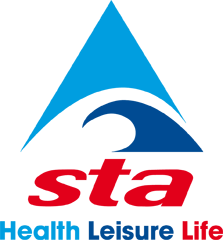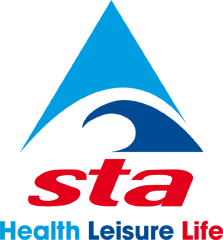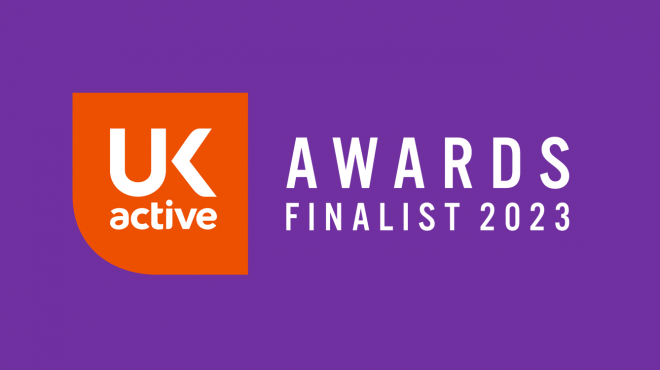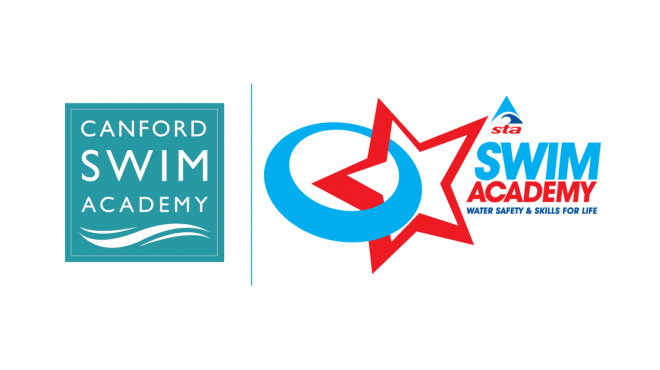STA and Swim England Work Collaboratively to Ensure School Swimming Standards are Clearly Defined
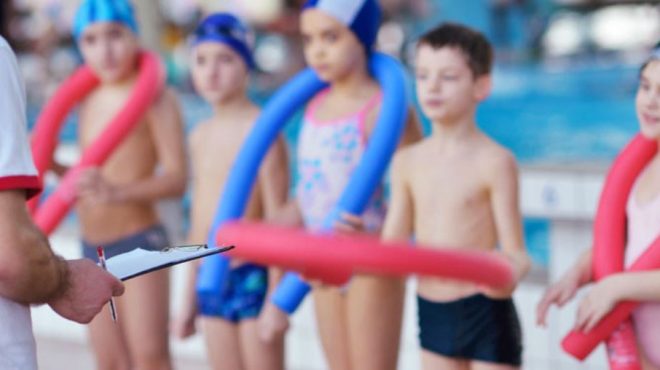
The two leading swimming bodies in England, STA and Swim England, have joined forces to clarify the outcomes set out in the national curriculum on swimming and water safety; specifically, to define the final outcome that reads ‘perform safe self-rescue in different water-based situations’.
In June 2022, the Department for Education made it clear there is currently no intention to amend or change the National Curriculum in the short term, and while the outcomes, swim competently, confidently and proficiently over a distance of at least 25 metres and use a range of strokes effectively [for example, front crawl, backstroke and breaststroke], are clearly defined, the remaining outcome and arguably the most important for a child to learn, ‘perform safe self-rescue in different water-based situations’, remains vague.
Both swimming organisations strongly believe that it is important to provide clarity and consistency on what is expected from this ‘self-rescue’ outcome in order to allow accurate benchmarking, ensure the desired protective effect is met, aid effective education of workforce and enable communication to parents of pupil’s ability.
 Kayle Brightwell, STA’s Director of Education said: “The aim of this joint statement is to provide a consensus on a consistent set of clearly measurable skill-based outcomes that combine to enable a young person to survive an unexpected entry to cold water until rescue or self-extraction is possible.”
Kayle Brightwell, STA’s Director of Education said: “The aim of this joint statement is to provide a consensus on a consistent set of clearly measurable skill-based outcomes that combine to enable a young person to survive an unexpected entry to cold water until rescue or self-extraction is possible.”
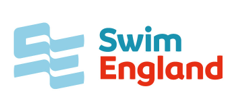 Ashley Jones, Swim England’s Water Safety Manager said: “The outcomes for Key Stage 2 Physical Education School Swimming and Water Safety curriculum will remain the same for the academic year 2023 to 2024, but we know the wording of this particular ‘self-rescue’ outcome is confusing and can be interpreted differently; this has led to confusion among school staff, swimming teachers and parents about their children’s swimming ability and water competence.”
Ashley Jones, Swim England’s Water Safety Manager said: “The outcomes for Key Stage 2 Physical Education School Swimming and Water Safety curriculum will remain the same for the academic year 2023 to 2024, but we know the wording of this particular ‘self-rescue’ outcome is confusing and can be interpreted differently; this has led to confusion among school staff, swimming teachers and parents about their children’s swimming ability and water competence.”
“As a result, we’ve worked collaboratively with the STA to provide clarification on what the minimum expected standard should be under the national curriculum requirements for school swimming and water safety. This will allow for consistent measuring and evaluation of pupil competence, allowing a true reflection of attainment and starting point for driving improvement.”
The suggested skills endorsed by STA and Swim England for the outcome ‘perform safe self-rescue in different water-based situations’ are listed on STA Online within the ‘School Swimming National Curriculum Clarification’ document, they are also available on Swim England’s School Swimming and Water Safety Charter website. The skills are aimed at key stage 2 pupils in England.
Notes:
England is one of relatively few countries in the world to include Swimming and Water Safety on its National Curriculum. The national curriculum in England sets out the programmes of study and attainment targets for all subjects at all 4 key stages of statutory education. By the end of Key Stage 2 of the Primary Curriculum (age 7 to 11), the Physical Education programme of study states that:
All schools must provide swimming instruction either in key stage 1 or key stage 2.
In particular, pupils should be taught to:
- swim competently, confidently and proficiently over a distance of at least 25 metres
- use a range of strokes effectively [for example, front crawl, backstroke and breaststroke]
- perform safe self-rescue in different water-based situations.
All local-authority-maintained primary schools in England must teach these programmes of study. Many academies and independents also follow this programme of study.
- Categories
- Association News, Swimming Teaching
